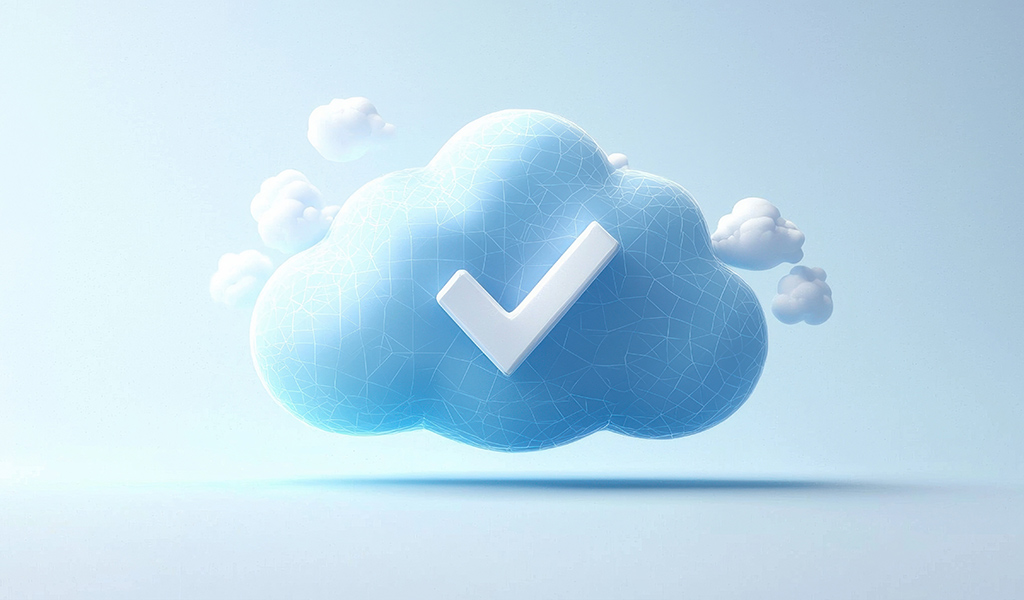Why certification should be considered when choosing a system
A PLM system stores a wide range of sensitive product data — from the first sketch to the finished product. What happens if this data falls into the wrong hands? Or if third parties manipulate the information?
Companies can avoid such risks using certified Cloud PLM software according to ISO 27001. The certification follows globally recognized standards that ensure information security at all times.
In this blog post, you’ll learn why ISO 27001 certification is an important criterion when selecting a cloud-based PLM system. You’ll also get an insight into the processes and methods certified providers use to protect your data.
What is ISO 27001 Certification?
ISO/IEC 27001 is an international standard that defines the requirements for an Information Security Management System (ISMS). An ISMS includes policies, procedures, and technical measures that systematically protect information within an organization.
The ISMS defines three security objectives:
• Confidentiality: Only authorized persons are allowed to access sensitive information. Measures like encryption, access control lists, and file permissions ensure confidentiality.
• Integrity: Only authorized persons can modify data. It must be ensured that unauthorized changes can be undone.
• Availability: Information must always be accessible to authorized users. Risks like power or network outages are taken into account.
Independent certification bodies carry out the ISO 27001 certification. Key requirements include:
• Risk assessment and management: Identification of potential threats and vulnerabilities.
• Security Policies: Establishing clear guidelines for handling information.
• Training: Raising awareness among employees about information security.
• Continuous improvement: Regular reviews and optimization of security measures.
Advantages of ISO 27001 Certification for Cloud Providers
1. Trustworthiness and Transparency
ISO 27001 certification shows that the cloud provider follows high security standards, handles data with maximum care, and proactively addresses potential risks.
2. Risk Minimization
Companies that store sensitive data in the cloud need adequate protection against cyberattacks, data loss, and unauthorized access. ISO 27001 certification proves that the provider has implemented effective protective measures.
3. Compliance and Legal Requirements
Since certified cloud providers already meet crucial security standards, it’s easier for customers to comply with data protection and security regulations such as the EU General Data Protection Regulation (GDPR).
4. Efficient Risk Management
ISO 27001 provides structured risk management processes. They help systematically identify, minimize, and address vulnerabilities early and reliably.
Conclusion
Cyberattacks caused economic damage of 266 billion euros in Germany alone in 2024. When selecting software such as Cloud PLM, IT security should be one of the key criteria. ISO 27001 certification signals to companies that their data is comprehensively protected. It follows reliable security standards and facilitates compliance with legal requirements.
The development and operation of cloud products based on CONTACT Elements meet the strict requirements of the ISO 27001 standard. This certification confirms that CIM Database Cloud meets the highest security standards and ensures effective management of information security risks.



